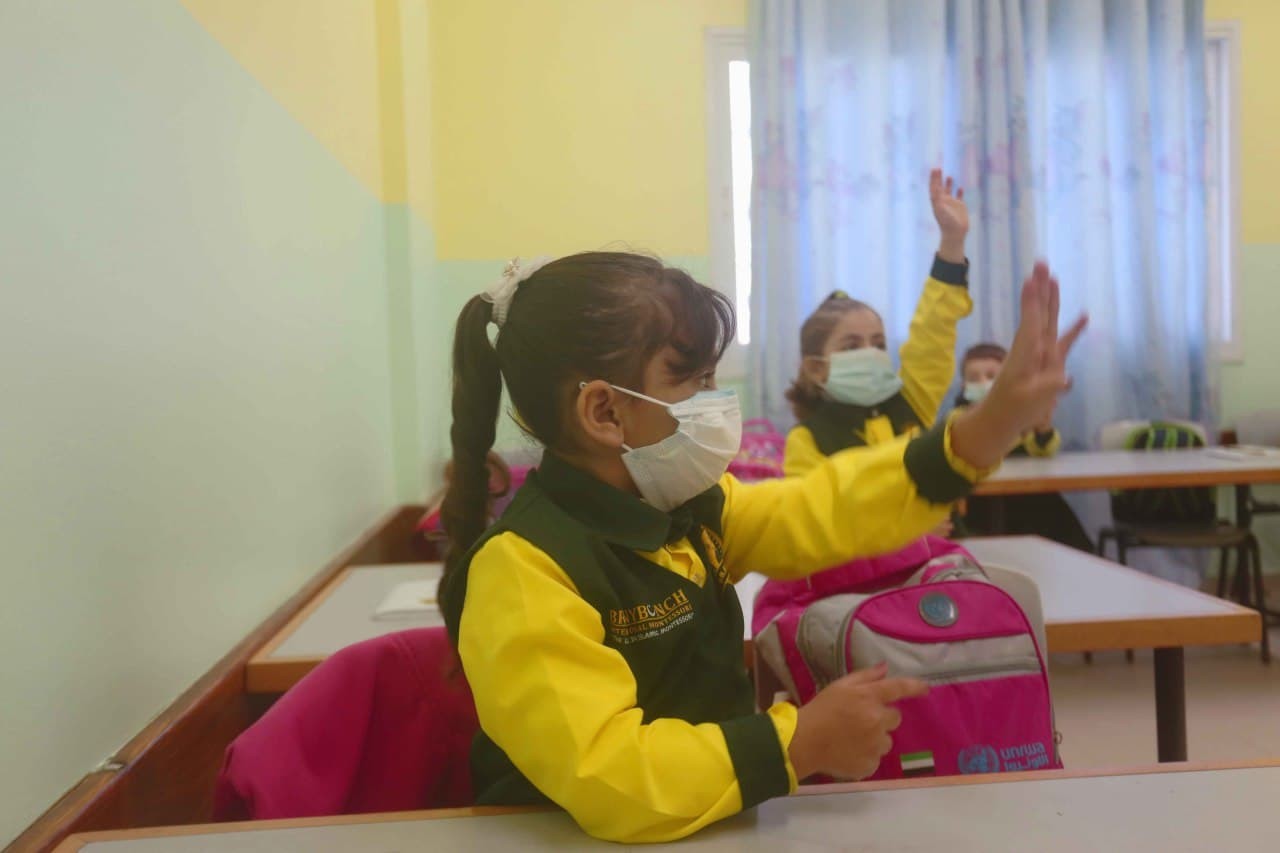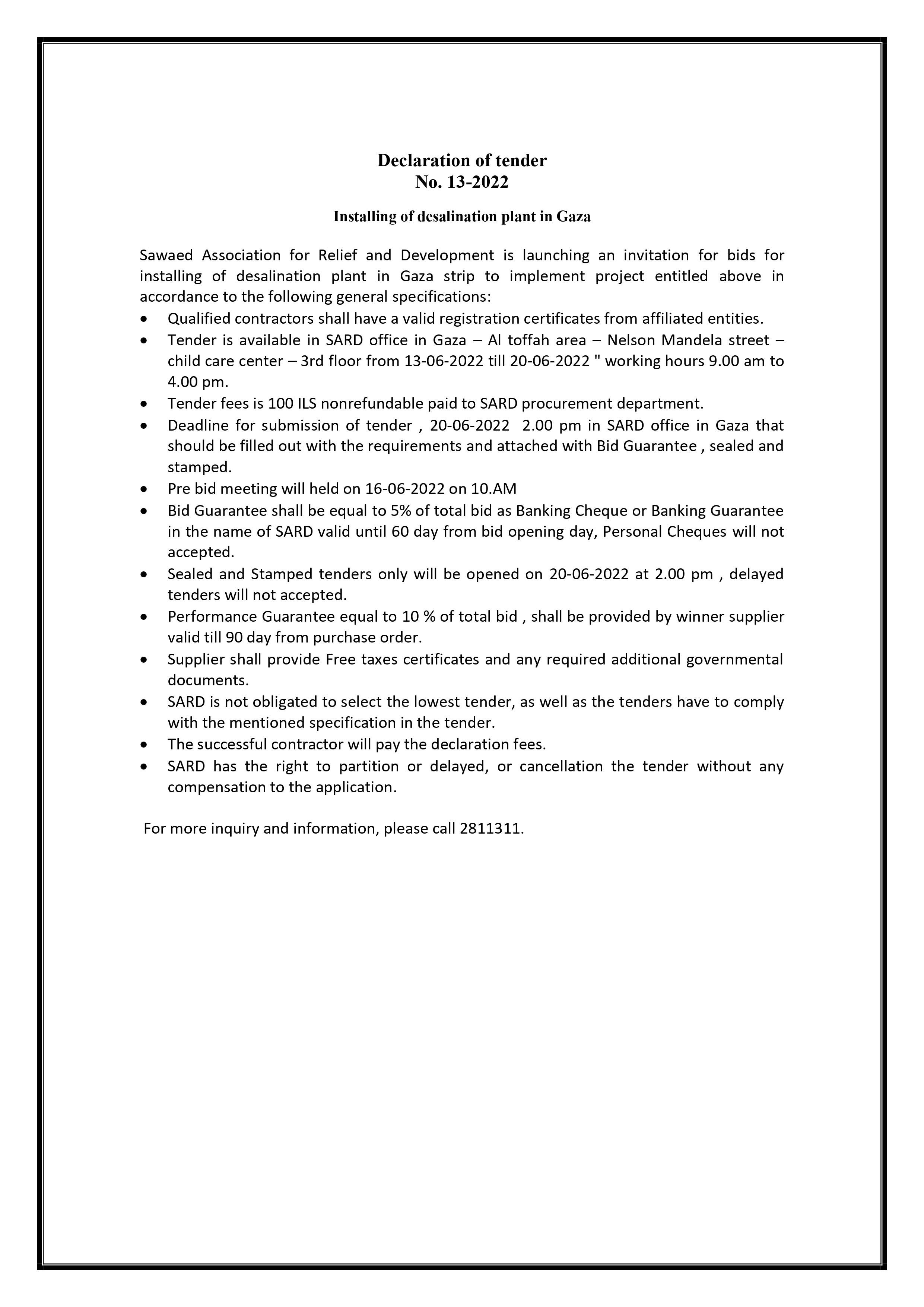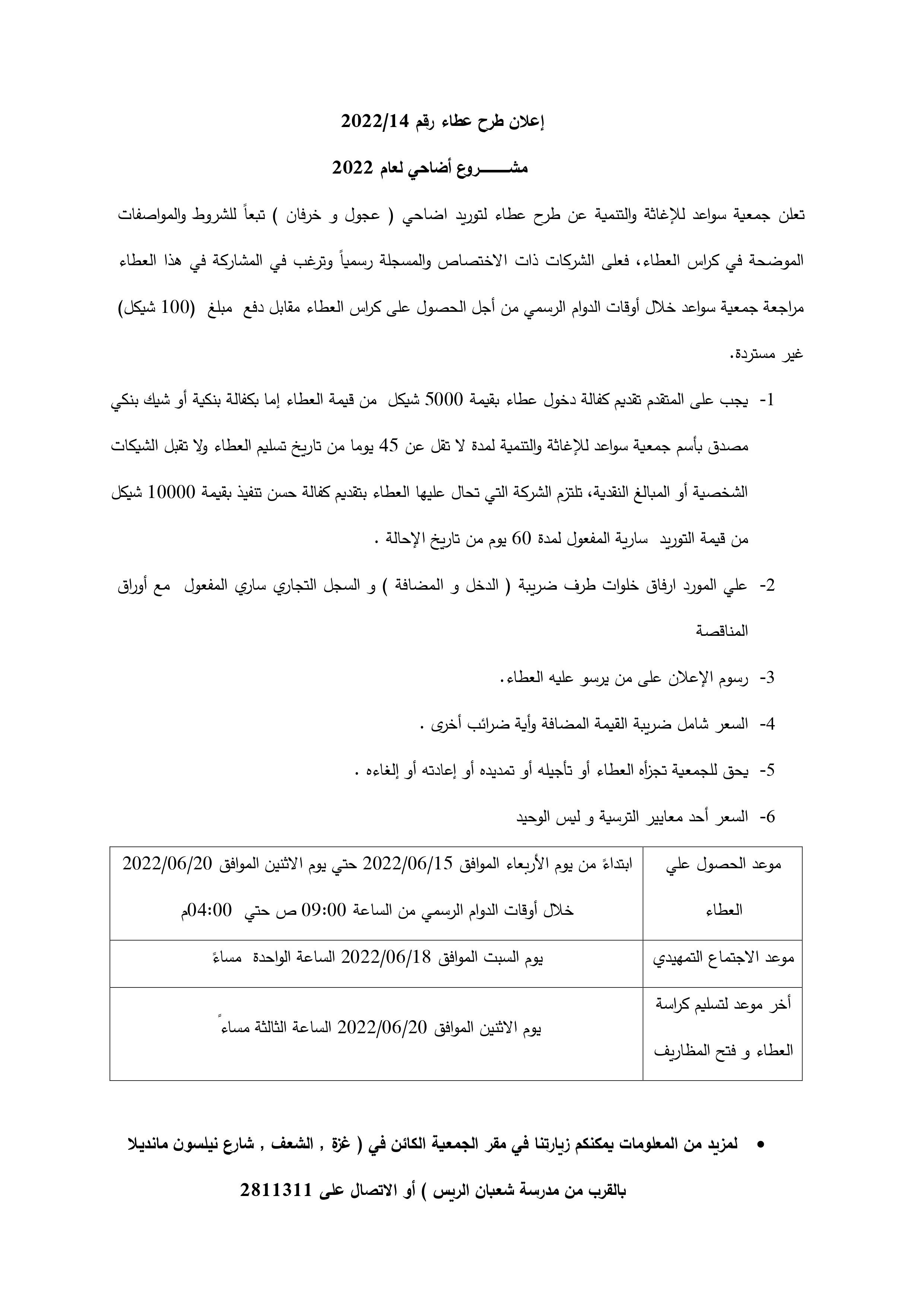
Gaza children struggle with studies during COVID-19 lockdown

With high poverty, power cuts, and wonky internet service, students’ remote learning has been a nightmare.
The Socio-Economic condition exacerbate the impact of conditions are exacerbated by the blockade and recurrent conflict in the Gaza Strip. The capacity of the education system to deliver adequate education to more than half a million children is compromised by deteriorating living conditions. In addition to that, COVID-19 has worsened the situation since Palestinian government declared a state of emergency, which included closing all educational institutions, as part of precautionary measures to prevent the spread of coronavirus, The COVID-19 has resulted in schools shut in Gaza strip. As a result, education has changed dramatically, with the distinctive rise of e-learning, whereby teaching is undertaken remotely and on digital platforms, the way affected students learning negatively.
In Palestine, the beginning of the outbreak of the COVID-19 pandemic was confirmed on 5 March 2020 in West Bank. As of 9 June 2020, the number of confirmed patients was 481 with 404 cases have recovered in the West Bank the Gaza Strip. To help contain the spread of COVID-19 and prevent a possible large-scale outbreak among students, the Ministry of Education and Higher Education has decided to close all educational institutions temporarily from 6 March 2020, until further notice. This procedure was done as a preventive measure to combat and contain the spread of COVID-19, as well as to protect students, teachers and lecturers. The parents were instructed to keep their children at home and prevent them to go to public places or crowds. During the school closures, the teachers were continued to tutored using social media platforms to maintain the educating of students during this crisis
On 7 May 2020, the number of confirmed patients was 263, where a total of 44 cases have recovered, 36 in the West Bank and eight in the Gaza Strip [20]. As a result of this rapid outbreak, the preventive measures have imposed on thousands of individuals to restrict the movement, self-isolation, stay home, as well as closures of all educational bodies including schools, universities, institutions, and colleges. The reason behind the rapid closure of the educational institutions is to avoid the gathering of students in these crowded places, therefore prevent the spread of infection and the ability to contain the rapid outbreak of COVID-19. The outbreak of the COVID-19 has disrupted the education of millions of students around the world. Therefore, digital learning is considered an important tool to overcome this unexpected closure. Many countries, some for the first time, have employed digital learning as a quick response to this crisis
The employment of e-learning and various digital platforms was restricted only within the walls of the school, where a group of students could use the computer device and log in to the required site and carry out the educational tasks based on the supervision of educator. Students were unable to employ technology and digital platforms outside the school due to the weakness of infrastructures, absence of Wi-Fi network, continued cuts of electricity, and the students does not have computer device or mobile phone.
References
Article/ Primary and Secondary Students’ Usage of Digital Platforms for Mathematics Learning during the COVID-19 Outbreak: The Case of the Gaza Strip
EDUCATION CLUSTER STRATEGY Palestine 2020-2021
Similar Posts
 study, survey
study, surveyWith high poverty, power cuts, and wonky internet service, students’ remote learning has been a nightmare
Gaza children struggle with studies during COVID-19 lockdown




